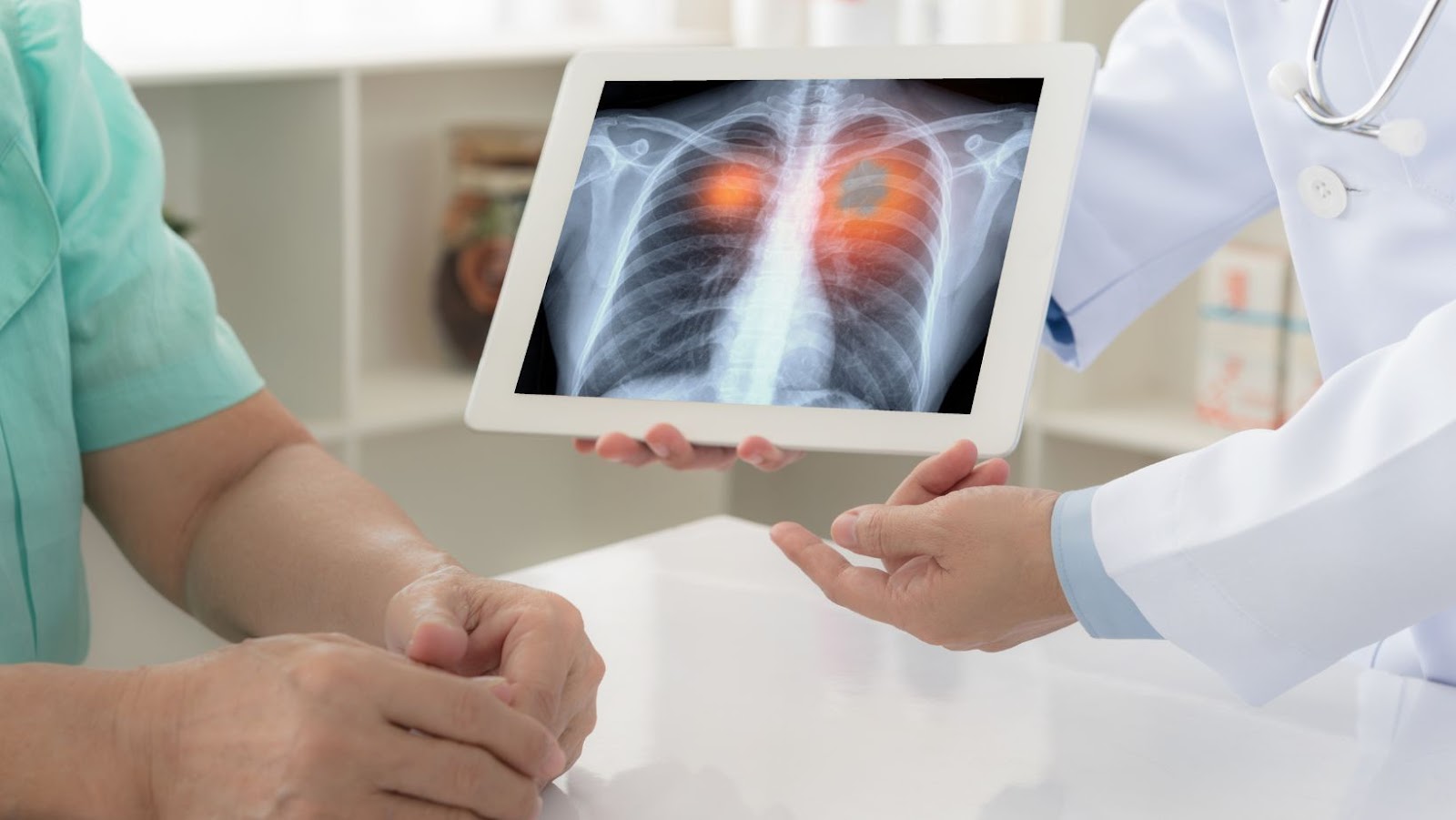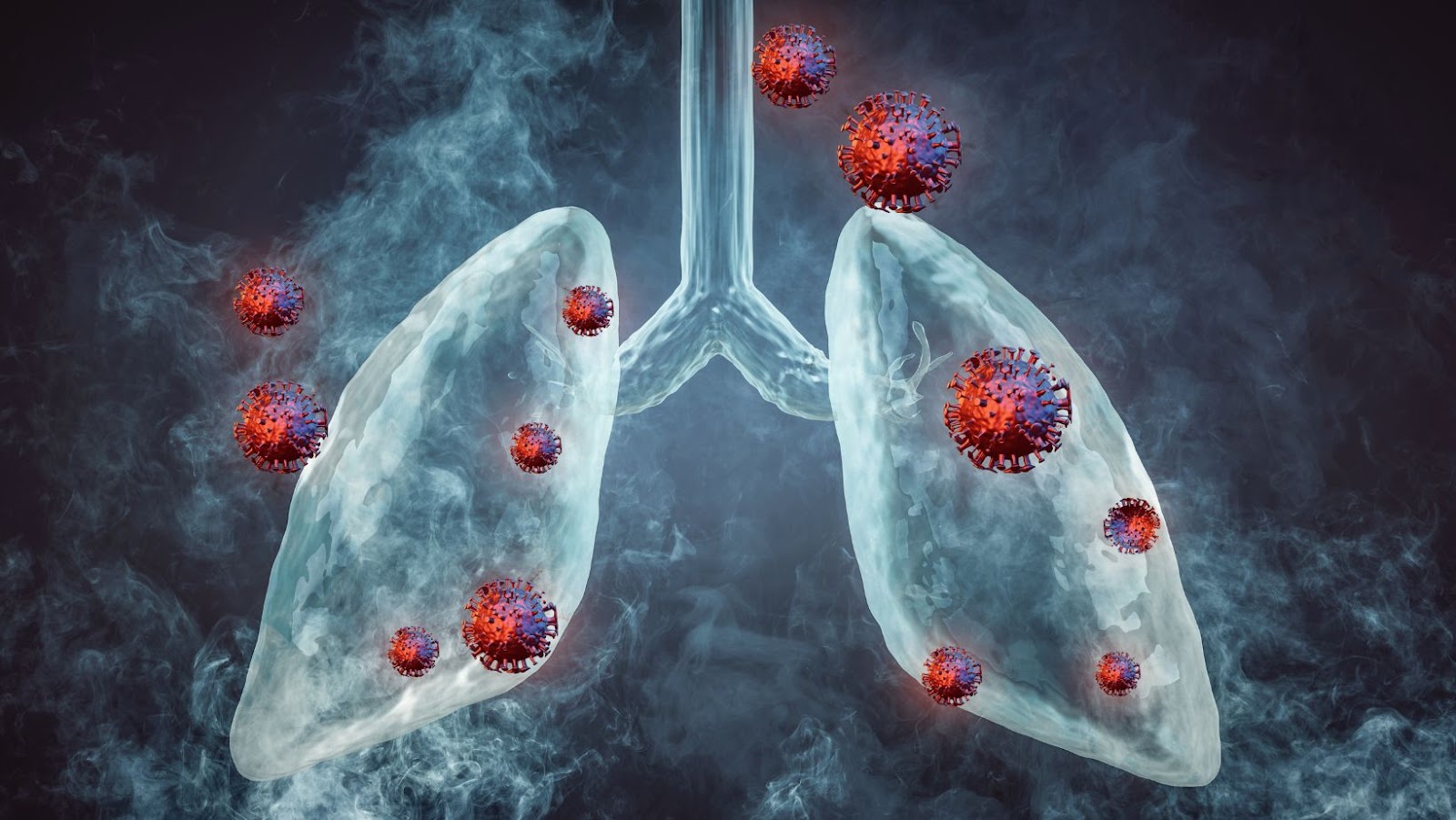Every day, we make choices that subtly shape our health’s trajectory. But did you know that some of these lifestyle decisions could significantly impact your risk of developing lung cancer? From the food we eat to the air we breathe, several factors intertwine to paint a complex picture of lung health.
In this article, we’ll delve into the lifestyle choices associated with lung cancer, shedding light on the often overlooked aspects of our daily routines. We aim to empower you with knowledge, helping you make informed decisions for a healthier, happier life. So let’s take a closer look at these often-underrated factors and their role in lung cancer risk.
Lifestyle Choices Associated with Lung Cancer
Lung cancer: a term that holds much weightage, bearing the burden of illnesses often associated with specific lifestyle choices. It is essential to delve into its basics before discussing the high-risk groups.
The Basics of Lung Cancer
Lung cancer, also known as bronchial carcinoma, refers to uncontrolled cell growth in the tissue of the lung. The growth can form a mass or tumor, and this nature often leads to cancerous, malignant conditions. It’s complicated to detect in its earlier stages due to the absence of specific symptoms.
According to the American Cancer Society, lung cancer stands as one of the leading causes of deaths, with 131,880 estimated deaths in 2021. There are two common types: Non-Small Cell Lung Cancer (NSCLC) accounts for approximately 85% of all lung cancers, with Small Cell Lung Cancer (SCLC) forming the remaining 15%.
High-Risk Groups for Lung Cancer
The connection between lifestyle choices and lung cancer often puts specific groups at higher risk. Primarily, smokers claim a large portion of this group. According to the Centers for Disease Control and Prevention (CDC), smokers are 15 to 30 times more likely to get lung cancer compared to non-smokers.
The risk also escalates among individuals exposed to secondhand smoke. Around 7,300 cases of lung cancer deaths occur each year due to secondhand smoke. Similarly, those constantly exposed to radon, a naturally occurring radioactive gas, are at a high risk. Evidently, families living in homes with high radon levels formulate 1 in 15 homes in the United States.
Lastly, specific occupations such as mining, construction, and those involving asbestos exposure contribute to a higher lung cancer risk. Occupational exposure to carcinogens, according to the National Cancer Institute, holds an estimated 13%-29% accountability for lung cancer cases.
 Diet and Exercise’s Impact on Lung Cancer
Diet and Exercise’s Impact on Lung Cancer
Deep dive into understanding how diet and physical activity may influence the risks associated with lung cancer, an aspect of lifestyle choices often underestimated.
The Effect of Physical Inactivity on Lung Cancer Risks
Contrary to popular belief, physical inactivity isn’t merely about societal comforts but is scientifically proven to pose lung cancer risks. An inactive lifestyle reduces lung capacity and function, thereby increasing the risk. The American Lung Association states that individuals who regularly engage in physical activity have a lower risk of developing lung cancer. Getting active in any form is beneficial, be it gardening, cycling, running, or a gym workout. Importantly, a study released by the Centers for Disease Control and Prevention, indicates a 20% lowered risk of lung cancer in individuals who meet their weekly physical activity guidelines. Even for those who already have lung cancer, physical activity is recommended to sustain lung function and improve overall quality of life.
 In Conclusion
In Conclusion
The choices we make daily have a profound impact on our health, particularly our risk of developing lung cancer. Understanding this link empowers us to take control of our health, making informed decisions that promote longevity and well-being. It’s clear that smoking, passive smoking, and heavy alcohol consumption significantly increase lung cancer risks. Moreover, dietary choices and physical activity levels play a crucial role, with unhealthy diets and sedentary lifestyles contributing to increased risk. The quality of the air we breathe, both indoors and outdoors, also plays a part, with exposure to pollutants, radon, and occupational hazards posing significant risks. Genetic factors, too, can’t be ignored, as they can amplify the risk, especially in smokers. By making conscious lifestyle changes, like quitting smoking, eating healthily, staying active, and minimizing exposure to harmful substances, we can significantly reduce our lung cancer risk. It’s in our hands to make these changes for better lung health and overall quality of life.